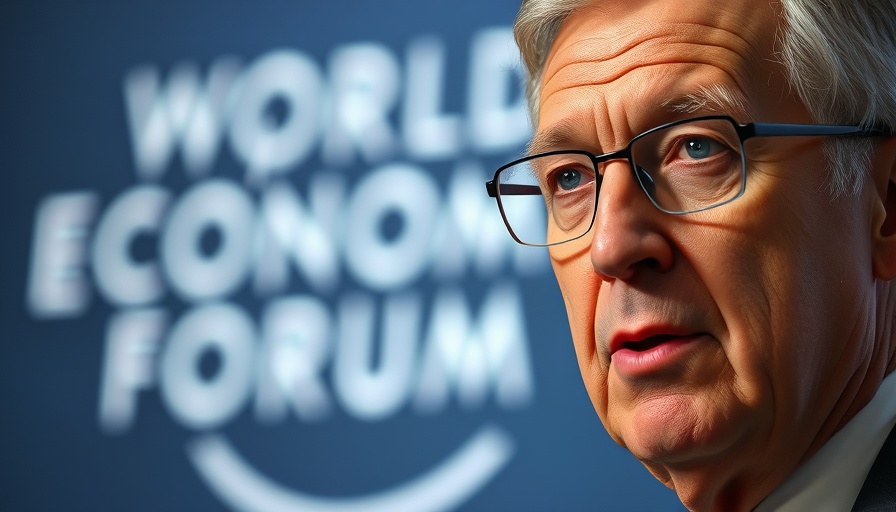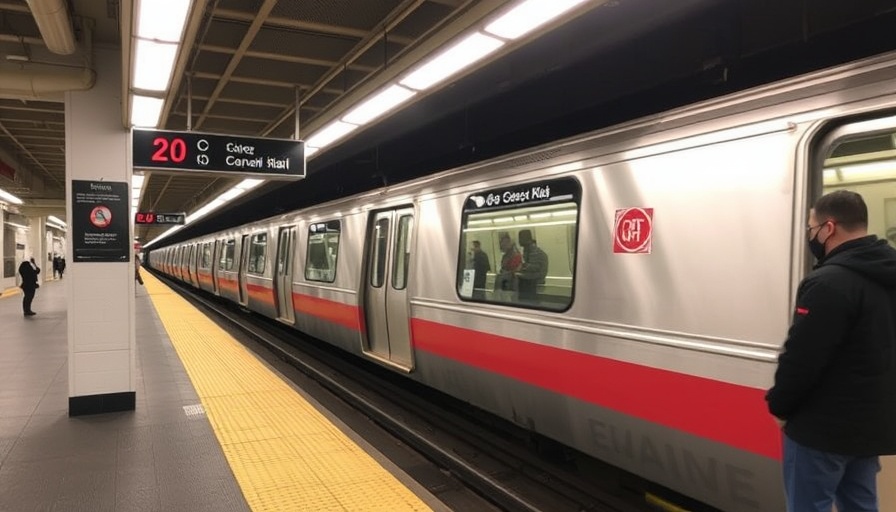
The Rise of Authoritarianism in American Politics
The prospect of Donald Trump rebuilding his influence in the political landscape has raised concerns about the implications for democratic norms in America. The recent allegations surrounding his administration’s policies, particularly regarding immigration and deportation, highlight a troubling shift towards authoritarian measures. This so-called "disappearance machine" acts as a metaphorical and literal manifestation of a push to erase dissent and human rights abuses as political tools.
Historical Context: The Fractured American Democracy
Understanding the current political climate requires a look back at the foundational principles of American democracy. Since the founding of the nation, the Constitution has been designed to protect civil liberties and ensure a government that is accountable to its citizens. However, the rise of partisan divisions has crippled these ideals, leading to tensions that fuel fears of authoritarianism. This environment has been exacerbated by disinformation and the manipulation of electoral processes, raising doubts about the integrity of future elections.
The Role of Immigration Policy in Domestic Control
Immigration policy has long been a contentious issue in America, reflecting deeper societal divisions and fears. Trump's focus on strong border control and stringent immigration laws aligns with a growing trend among populist leaders globally. By creating a system designed to "disappear" individuals deemed undesirable, the implications extend beyond immigration, initiating a dialogue about broader civil rights violations under the guise of national security.
The Power of Disinformation: Creating an Environment for Fear
Disinformation plays a crucial role in facilitating a culture of fear and manipulation. The narrative surrounding Trump's immigration strategy often shapes public perception through exaggerated claims about crime and terrorism. This tactic not only incites fear but also justifies extreme measures, such as executive orders that bypass traditional legislative processes in Congress. As a result, even well-intentioned reforms can be twisted to fit a narrative that undermines foundational democratic principles.
Shifting Power Dynamics: The Role of Congress and the Judiciary
The balance of power between the branches of government is essential for the healthy operation of democracy. However, as we observe trends in both the House of Representatives and the Senate, the increasing polarization has led to unprecedented conflicts. The concept of the filibuster, once a tool for bipartisan negotiation, is now weaponized to stifle debate. Moreover, Supreme Court nominations become battlegrounds rather than deliberative appointments, further entrenching divisions.
Future Implications: Can Democracy Survive?
As we look ahead to upcoming elections, particularly the 2024 presidential race, the crucial question remains: can American democracy withstand the pressures of authoritarian tendencies? Voter turnout and activism will be essential. With the ongoing battle over gerrymandering and voting rights, the stakes are higher than ever. Engaging citizens in the democratic process is vital for ensuring that extremism does not define policy at the expense of inclusivity and human rights.
Recent Developments: Trump’s Legacy and Its Impact
The legacy of Trump's presidency will likely echo in future elections, influencing not only Republican strategies but also Democratic responses to emerging political challenges. Bipartisan efforts to safeguard democratic norms are essential in addressing the existential threats posed by increasingly authoritarian tactics. As we face rising hate and division, it is crucial that citizens remain vigilant and proactive in demanding accountability and integrity.
Conclusion: Vigilance and Action for Democracy
The ongoing dialogue about democracy in the United States is more critical now than ever. The importance of voter mobilization and civic engagement cannot be understated as upcoming elections prepare to shape the future. It falls on every individual to resist complacency, advocate for rights, and insist upon a political landscape that values humanity over the machinations of power. The actions taken today will determine the groundwork for a democracy that thrives rather than withers.
 Add Row
Add Row  Add
Add 




Write A Comment